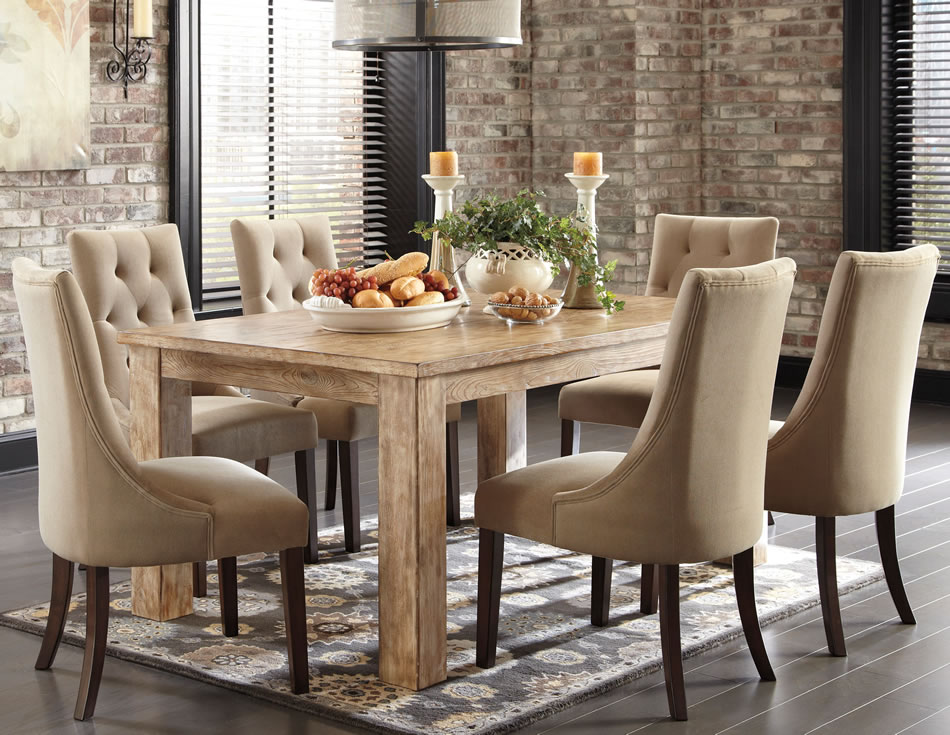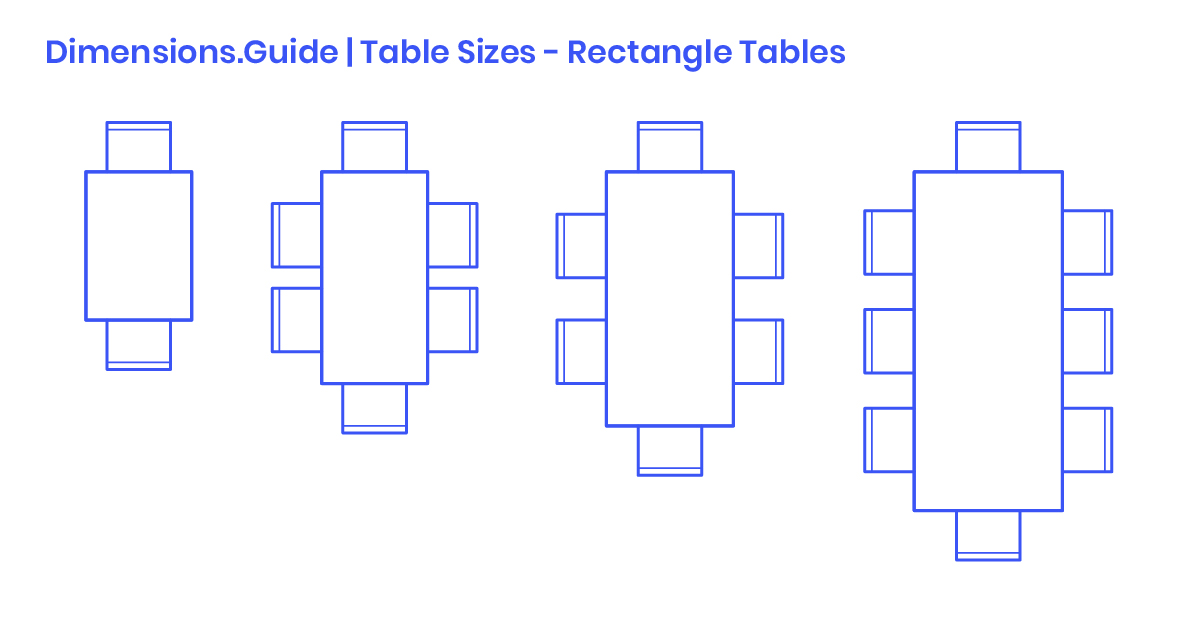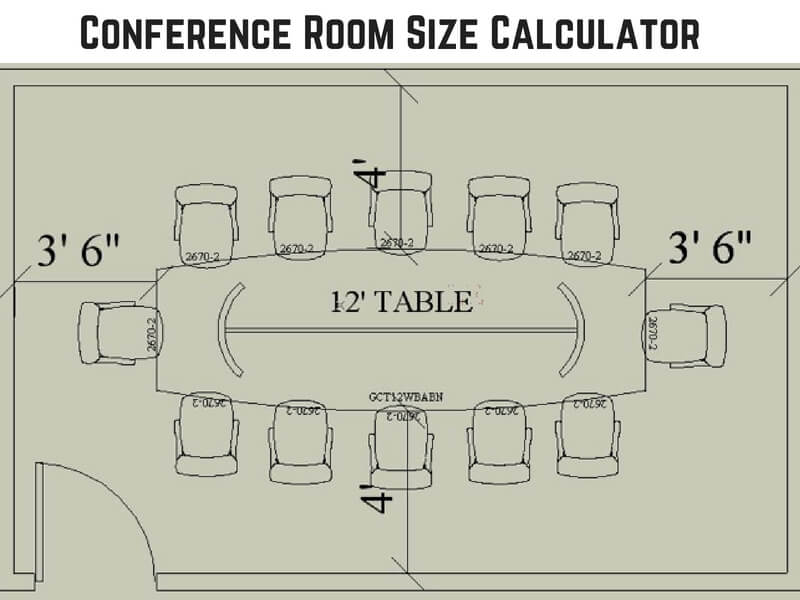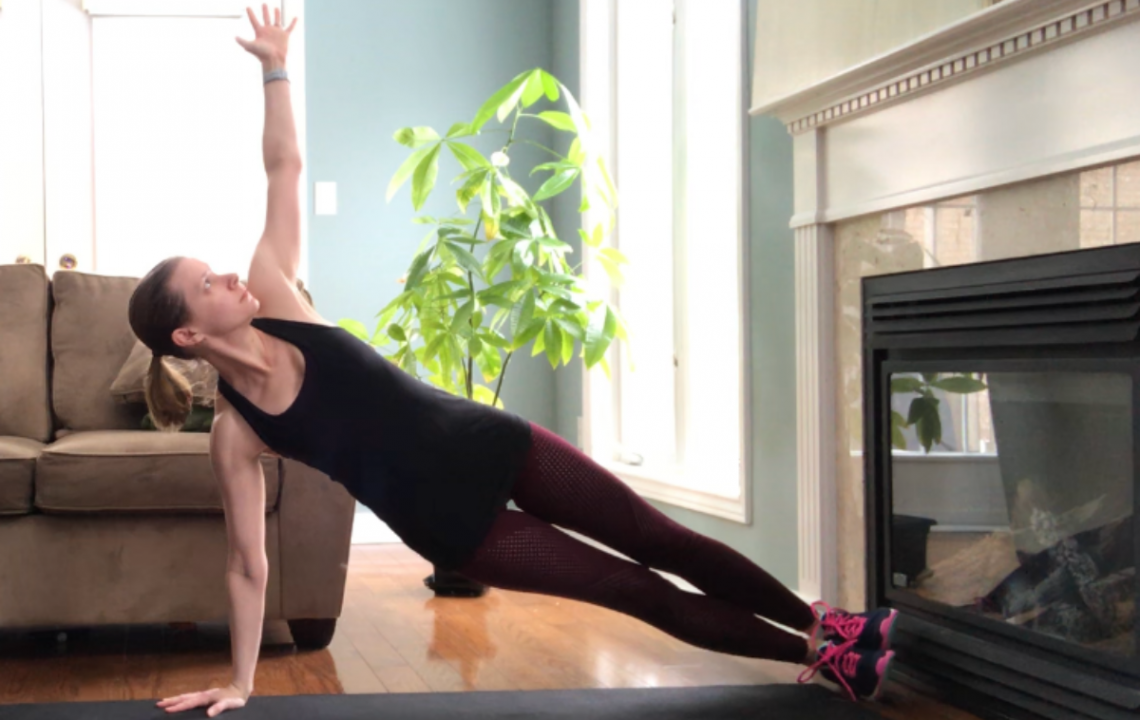When it comes to designing your dining room, one of the most important factors to consider is the size of the space. Choosing the right dimensions for your dining room can make all the difference in creating a functional and visually appealing area for meals and gatherings with family and friends. In this article, we will guide you through the process of determining the perfect dining space dimensions for your room.Dining Space Dimensions: How to Choose the Right Size for Your Room
Before you start measuring your dining room, it's important to understand the standard dimensions for this type of space. The general rule of thumb is to allow at least 36 inches (or 3 feet) of space between the edge of your dining table and any walls or furniture. This allows for enough room for people to comfortably move around and pull out chairs without feeling cramped. Additionally, the ideal size for a dining room is around 12x12 feet, with a minimum of 10x10 feet. This ensures that there is enough space for a table, chairs, and any additional furniture or decor without feeling too cluttered. However, if your dining room is smaller or larger than these dimensions, don't worry - we will provide tips on how to make it work for your specific space.Dining Room Size and Dimensions
Now that you have a general idea of the standard dimensions for a dining room, it's time to start planning your space. The first step is to measure the length and width of your room and write down the dimensions. Next, consider the shape of your room - is it rectangular, square, or irregular? This will affect the placement of your dining table and how many chairs you can fit. For a rectangular room, the ideal dining table shape would be rectangular or oval. This allows for the most efficient use of space and ensures that everyone has enough elbow room. For a square room, a square or round dining table would work best. In an irregularly shaped room, you may need to get creative with the placement of your table and consider a round or oval shape to make the most of the space.Dining Room Size and Space Planning
Now it's time to determine the specific size of your dining table. As mentioned earlier, the general rule is to allow 36 inches of space around the table for movement and comfort. However, if you have a smaller space, you may need to adjust this measurement. For example, if you have a 10x10 foot dining room, you may only have 30 inches of space between the table and walls. In this case, you can opt for a smaller table or choose chairs that are more narrow to allow for more room. When it comes to the length and width of your dining table, it's important to consider the number of people you will typically be hosting. As a general rule, you should allow at least 24 inches of space per person. For example, a 6-foot long table can comfortably seat 6 people. If you have a larger family or often host dinner parties, you may want to opt for a longer table or consider getting an extendable one.Dining Room Dimensions: How to Get the Perfect Fit
Another factor to consider when choosing the size of your dining table is the size and shape of your chairs. If you have bulky or oversized chairs, you may need to allow for more space around the table. Additionally, you should consider the height of your chairs in relation to the table. The standard height for a dining table is around 30 inches, so make sure your chairs are around this height for optimal comfort. Another tip for choosing the right table size is to use a tape measure or painter's tape to map out the dimensions of the table on the floor. This will give you a better visual representation of how the table will fit in your space and allow you to make adjustments before making a purchase.Dining Room Size and Table Dimensions
Before you go shopping for a dining table, it's important to have accurate measurements of your room. This will ensure that you choose a table that fits comfortably in your space and meets your needs. When measuring, be sure to account for any doorways, windows, or other obstacles that may affect the placement or size of your table. It's also a good idea to consider the overall style and design of your dining room when choosing a table. If your room has a more traditional or formal feel, a larger, more ornate table may be a better fit. For a more casual or modern space, a smaller, simpler table may be more appropriate.How to Measure Your Dining Room for a Table
Now that you have all the information you need, here is a quick guide to help you choose the right dining room dimensions for your table:Dining Room Size and Table Dimensions Guide
If you need a more precise measurement for your dining table, you can use an online calculator to help you determine the ideal size for your space. Simply input the dimensions of your room and the number of people you want to seat, and it will provide you with the recommended table size.Dining Room Size and Table Dimensions Calculator
For a visual representation of different dining table sizes and how many people they can comfortably seat, refer to the chart below:Dining Room Size and Table Dimensions Chart
Here are a few additional tips to keep in mind when choosing the right size for your dining table:Dining Room Size and Table Dimensions Tips
The Importance of Proper Dining Room Dimensions for Your Home Design
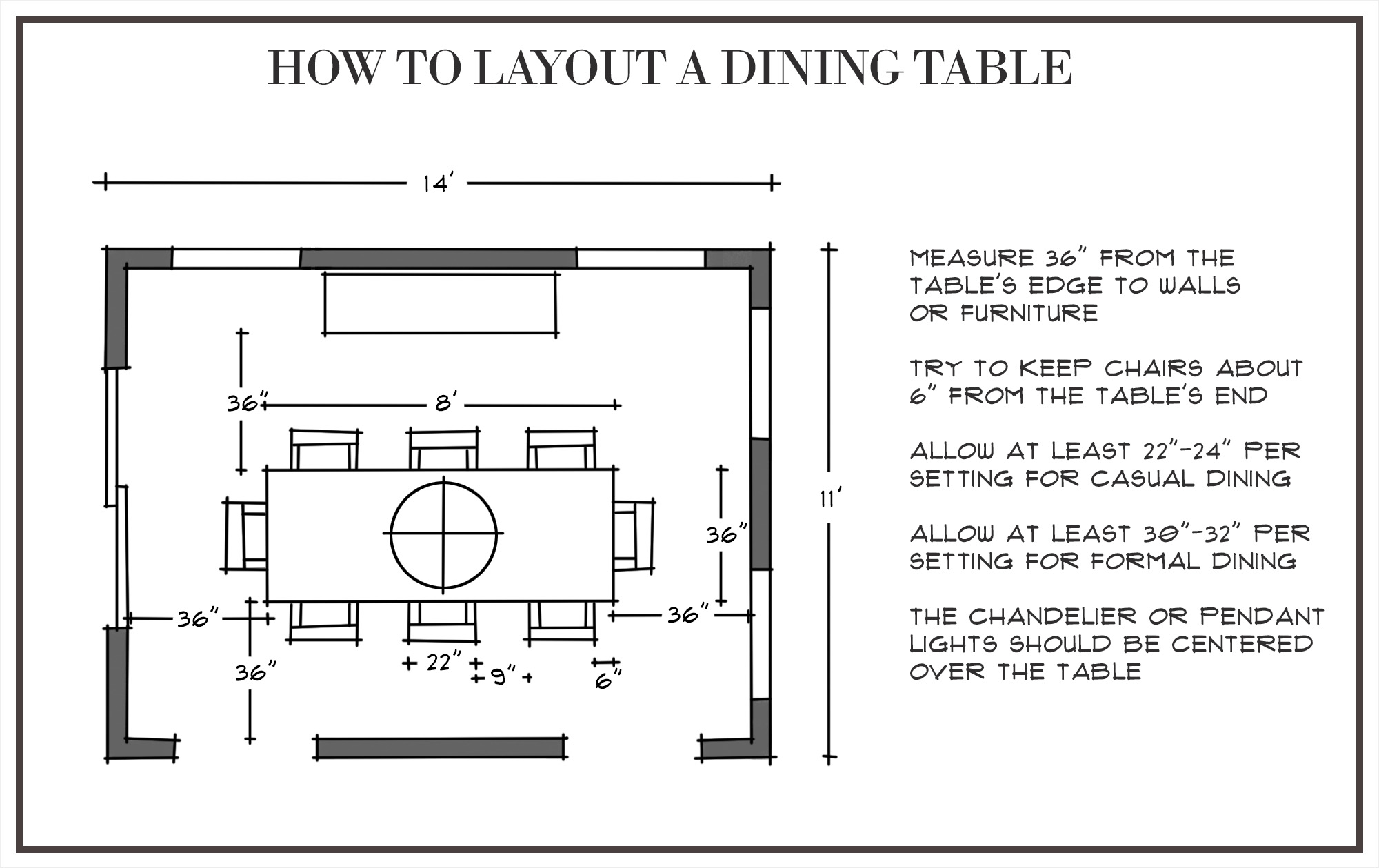
Creating the Perfect Dining Space
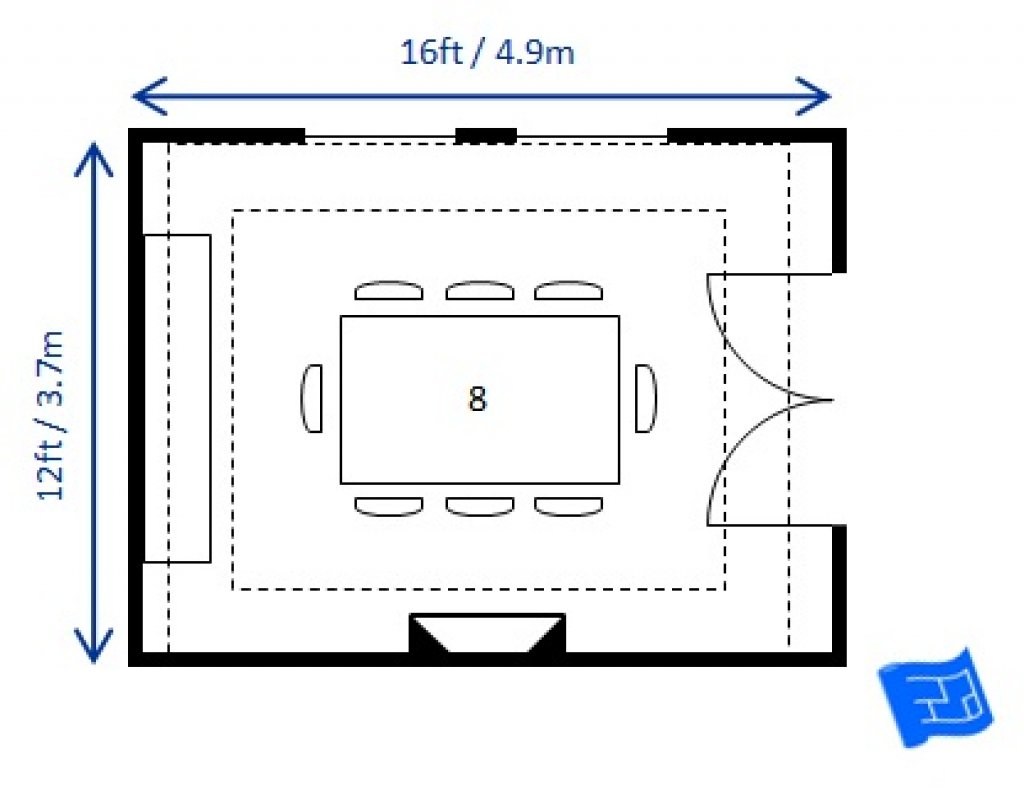 When it comes to designing your home, one often overlooked but crucial aspect is the dining space. This is where you and your family gather to share meals, and it also serves as a space for entertaining guests. The
dining room
is not just a place to eat, but it also sets the tone for the entire house. Therefore, it is essential to carefully consider the
dining room dimensions
when designing your home.
When it comes to designing your home, one often overlooked but crucial aspect is the dining space. This is where you and your family gather to share meals, and it also serves as a space for entertaining guests. The
dining room
is not just a place to eat, but it also sets the tone for the entire house. Therefore, it is essential to carefully consider the
dining room dimensions
when designing your home.
The Right Size for Your Dining Room
 The ideal dining room size is dependent on various factors such as the size of your family, the frequency of entertaining guests, and the overall layout of your home. However, there are some general guidelines to help you determine the appropriate
dining space dimensions
.
The minimum recommended size for a dining room
is 10 feet by 12 feet, which can comfortably accommodate a dining table and four chairs. This is suitable for a small family or a couple who don't often entertain guests. For larger families or those who frequently host gatherings, a dining room of 12 feet by 16 feet is recommended. This will allow for a larger table and more chairs, creating a spacious and comfortable dining experience.
The ideal dining room size is dependent on various factors such as the size of your family, the frequency of entertaining guests, and the overall layout of your home. However, there are some general guidelines to help you determine the appropriate
dining space dimensions
.
The minimum recommended size for a dining room
is 10 feet by 12 feet, which can comfortably accommodate a dining table and four chairs. This is suitable for a small family or a couple who don't often entertain guests. For larger families or those who frequently host gatherings, a dining room of 12 feet by 16 feet is recommended. This will allow for a larger table and more chairs, creating a spacious and comfortable dining experience.
The Impact of Proper Dining Room Dimensions
 Having the right size for your dining room can greatly impact the functionality and aesthetics of your home. A room that is too small can feel cramped and uncomfortable, making it challenging to enjoy meals and socialize. On the other hand, a dining room that is too large can feel empty and lacking in warmth and coziness.
Proper
dining room dimensions
also play a significant role in the overall flow and design of your home. It should be proportionate to the other rooms and not feel disconnected or disproportionate. A well-designed dining space can enhance the overall appeal and value of your home.
Having the right size for your dining room can greatly impact the functionality and aesthetics of your home. A room that is too small can feel cramped and uncomfortable, making it challenging to enjoy meals and socialize. On the other hand, a dining room that is too large can feel empty and lacking in warmth and coziness.
Proper
dining room dimensions
also play a significant role in the overall flow and design of your home. It should be proportionate to the other rooms and not feel disconnected or disproportionate. A well-designed dining space can enhance the overall appeal and value of your home.
Final Thoughts
 In conclusion, when designing your home, it is crucial to pay attention to the
dining room dimensions
. While there are no strict rules, it is essential to consider the size of your family and how often you entertain guests. A properly sized dining room can create a warm and inviting space for sharing meals and making memories with loved ones. So, take the time to carefully plan and design your dining space to ensure it is functional, aesthetically pleasing, and adds value to your home.
In conclusion, when designing your home, it is crucial to pay attention to the
dining room dimensions
. While there are no strict rules, it is essential to consider the size of your family and how often you entertain guests. A properly sized dining room can create a warm and inviting space for sharing meals and making memories with loved ones. So, take the time to carefully plan and design your dining space to ensure it is functional, aesthetically pleasing, and adds value to your home.





:max_bytes(150000):strip_icc()/how-to-choose-chairs-for-your-dining-table-1313436_final-5becb148e0e04b3198d96933fbad52ec.png)

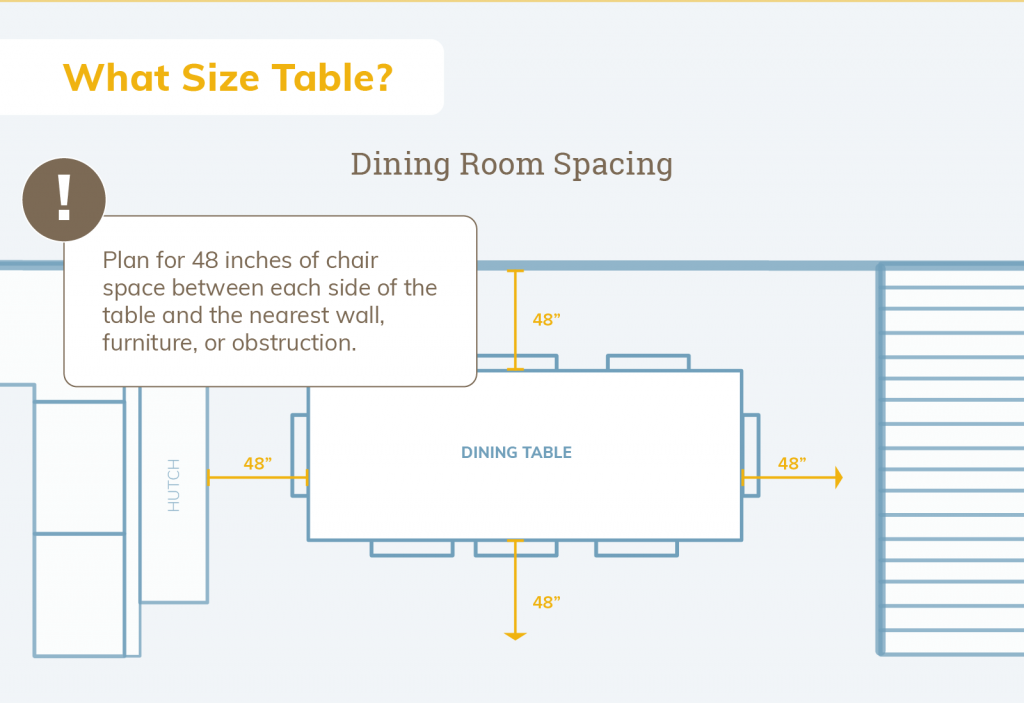




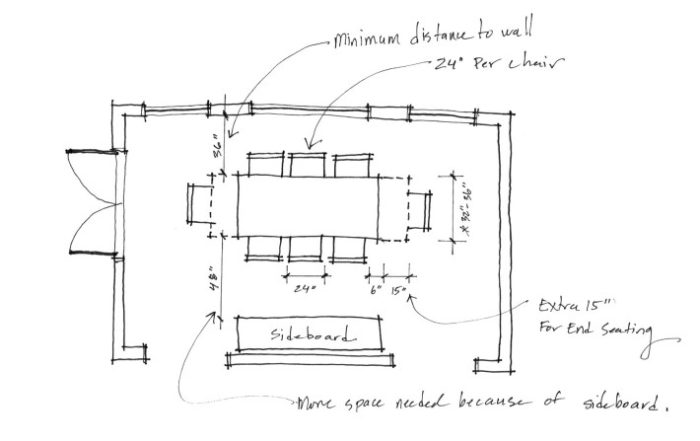


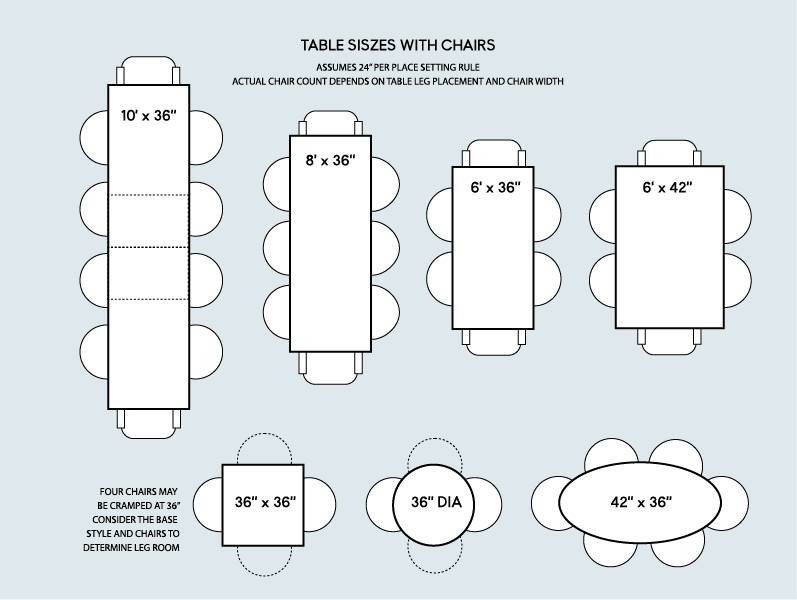

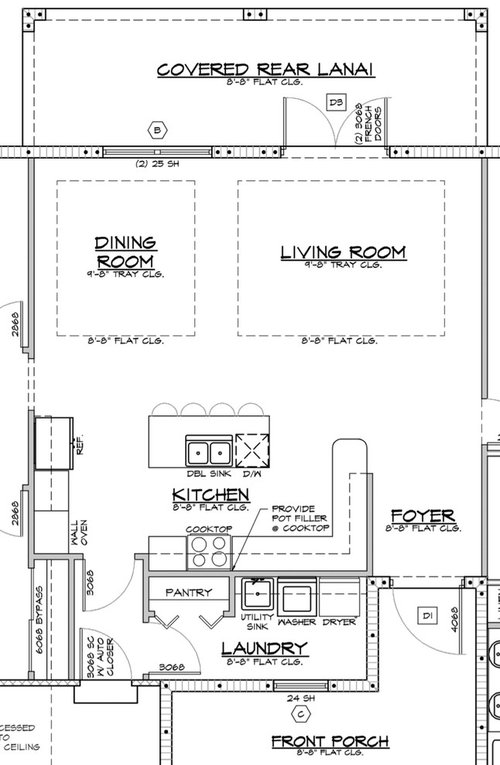





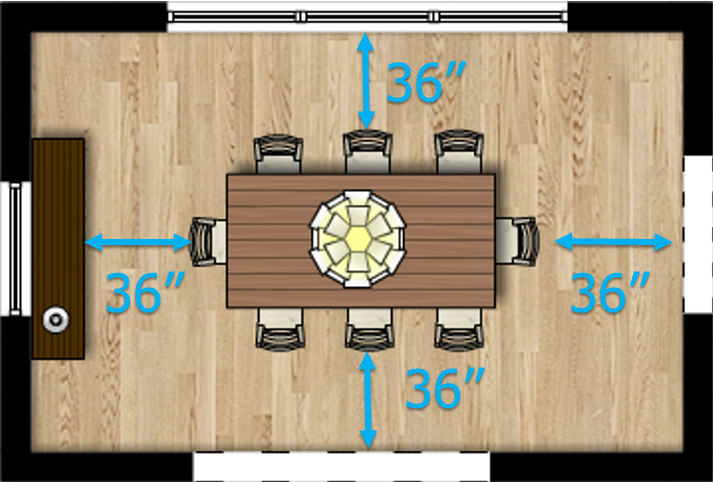











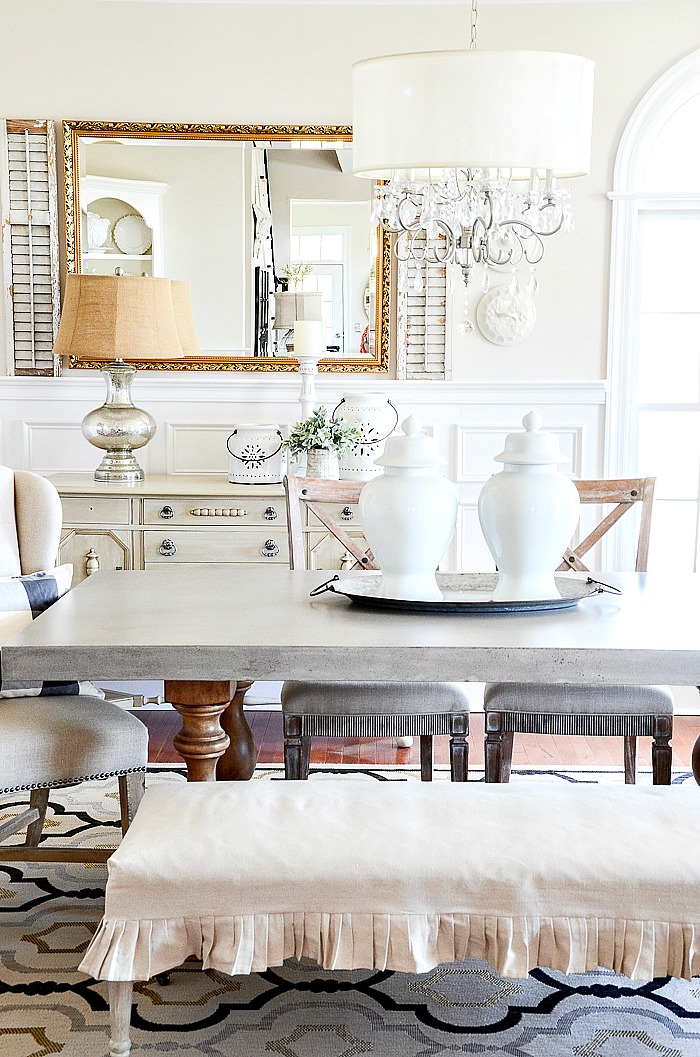





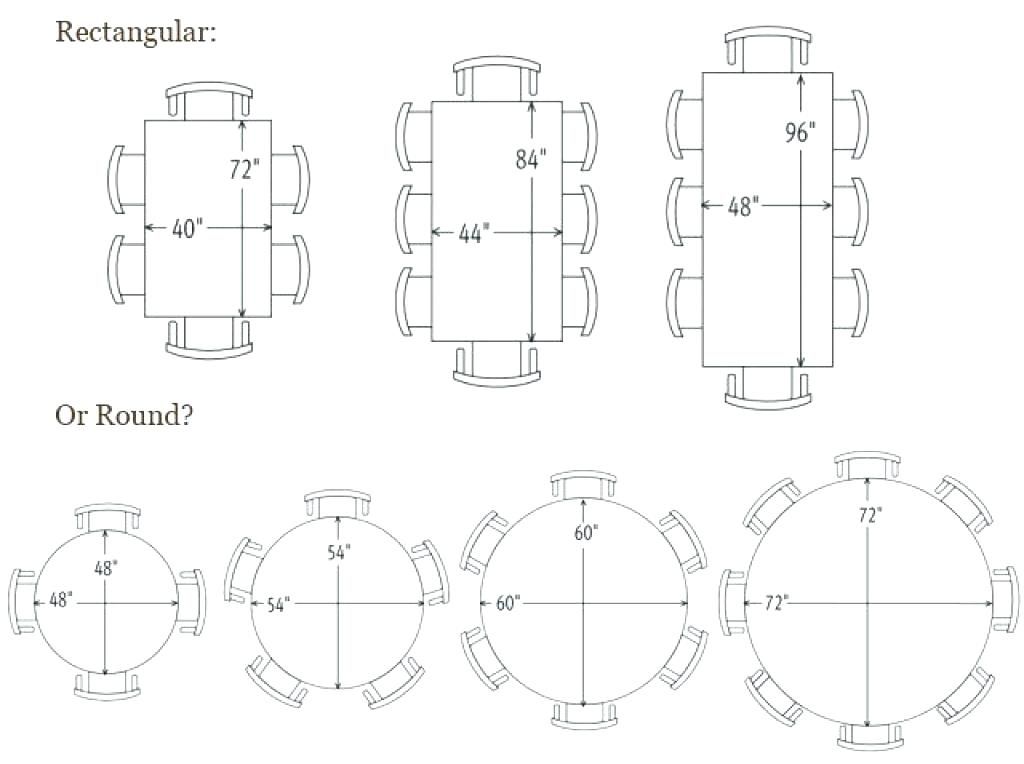
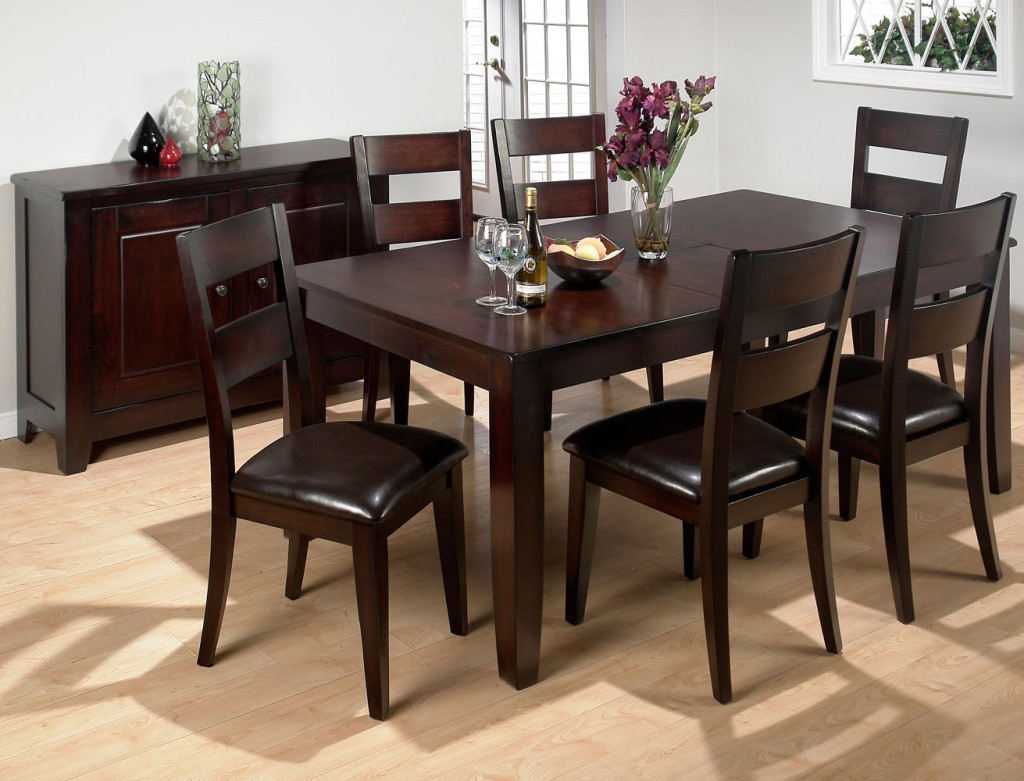
:max_bytes(150000):strip_icc()/dining-room-table-decor-ideas-21-mindy-gayer-marigold-project-6a8c8379f8c94eb785747e3305803588.jpg)
